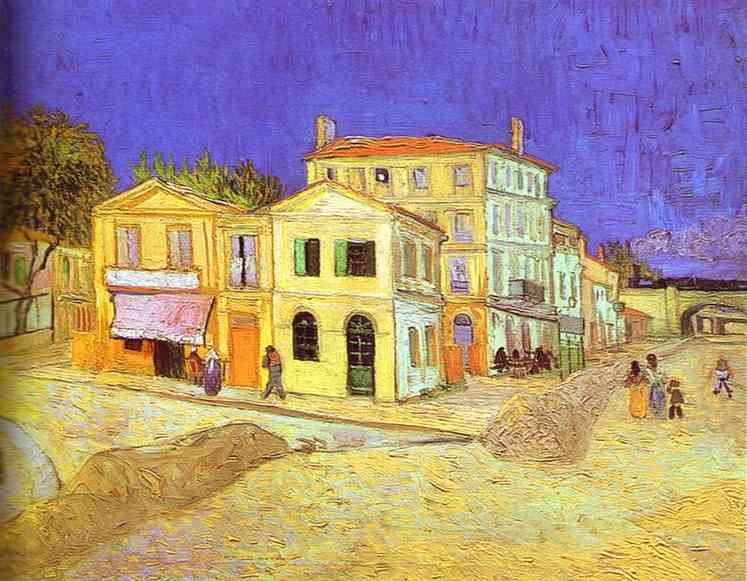
- This web page was produced as an assignment for an undergraduate course at Davidson College -
Experimental Design
The situation: We have cloned all five yeast IDH genes and inserted them into pQE-30 vectors which are now harbored in living E. coli cells.
The problem: Although the genes have been inserted into plasmids (and the plasmids into cells) we are not certain which orientation the genes are situated within the plasmid.
The solution: Restriction enzymes... they cut palindromes and don't care whether or not the gene has been inserted backwards. In the illustration below, each dark purple dot represents a restriction site. There is one restriction site in the insert, and a corresponding site on the main vector.

Treating the above plasmids with the restriction enzyme, then running the resulting segments on a gel, the band pattern will reflect the varying lengths of DNA between restriction sites.

Since we know the restriction maps for both pQE-30 and all cloned IDH genes, we can expect certain lengths of the cut fragments.
| Gene | Gene Length | Restriction Enzymes | Expected Length for Forward Inserts | Expected Length for Backward Inserts |
| IDH1 | 1083 bp | EcoRV | 356 bp | 759 bp |
| IDH2 | 1110 bp | BglI | 790 bp | 350 bp |
| IDP1 | 1287 bp | BglI | 94 bp | 1223 bp |
| IDP2 | 1239 bp | BglI | 758 bp | 511 bp |
| IDP3 | 1263 bp | BglI and ClaI | 510 bp | 783 bp |
From these predictions, we can test the plasmids of different clonal colonies until we find a restriction fragment that matches the length we expect for a correct forward insert. Notice the usage of 2 restriction enzymes in IDP3. These two were used since there was not an enzyme common to the vector and insert at only one locus apiece. The pair generates the necessary size separation to distinguish the forward and backward insert, but other combinations will work (such as HindIII and ClaI). Regardless, we are able to prove the orientation of the insert within the cloned vector.
Return to the Molecular Biology Homepage
Return to Gray's Yeast Homepage
This page created by: Gray Lyons
The Secret Picture...

Vincent van Gogh. Vincent's House in Arles (The Yellow House). 1888. Oil on canvas. Vincent van Gogh Foundation, Rijksmuseum Vincent van Gogh, Amsterdam, the Netherlands. http://www.abcgallery.com/alfaind.html